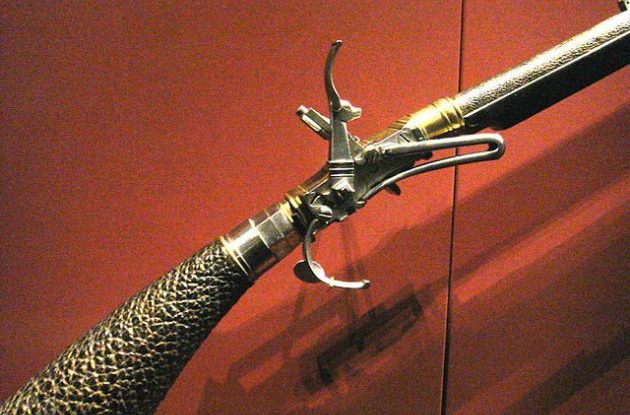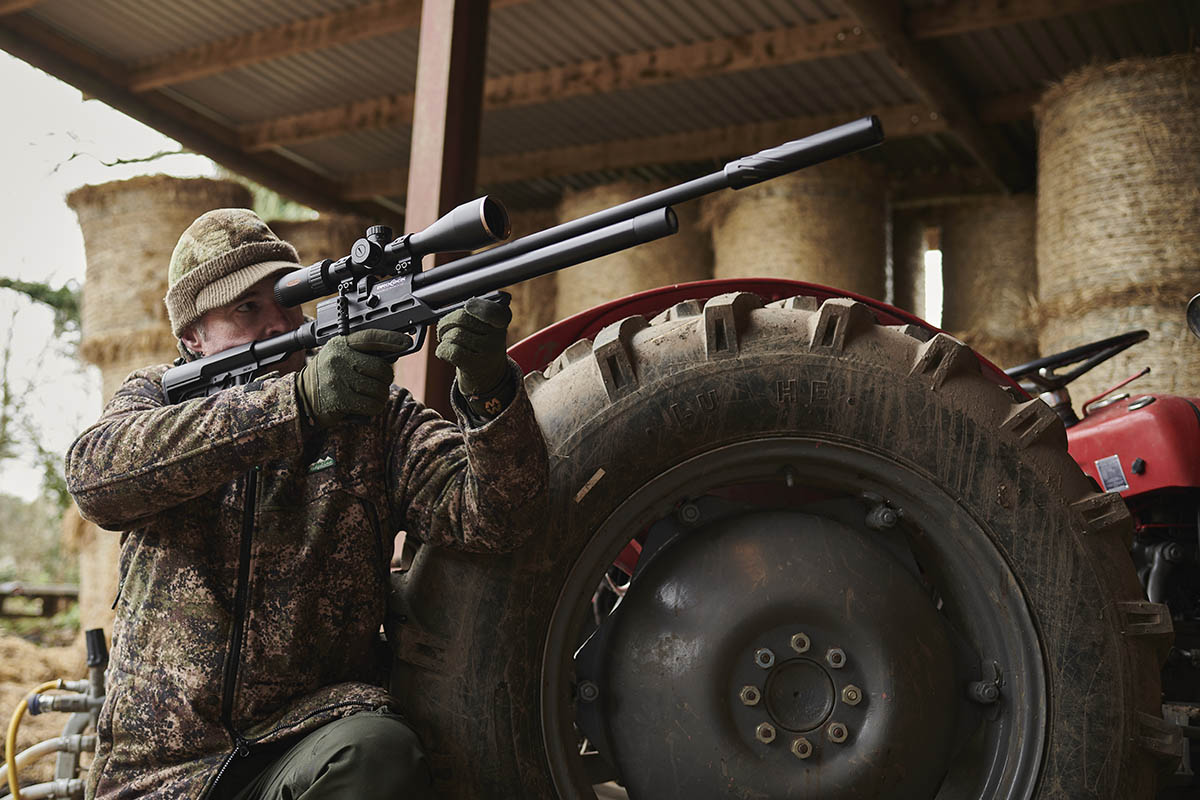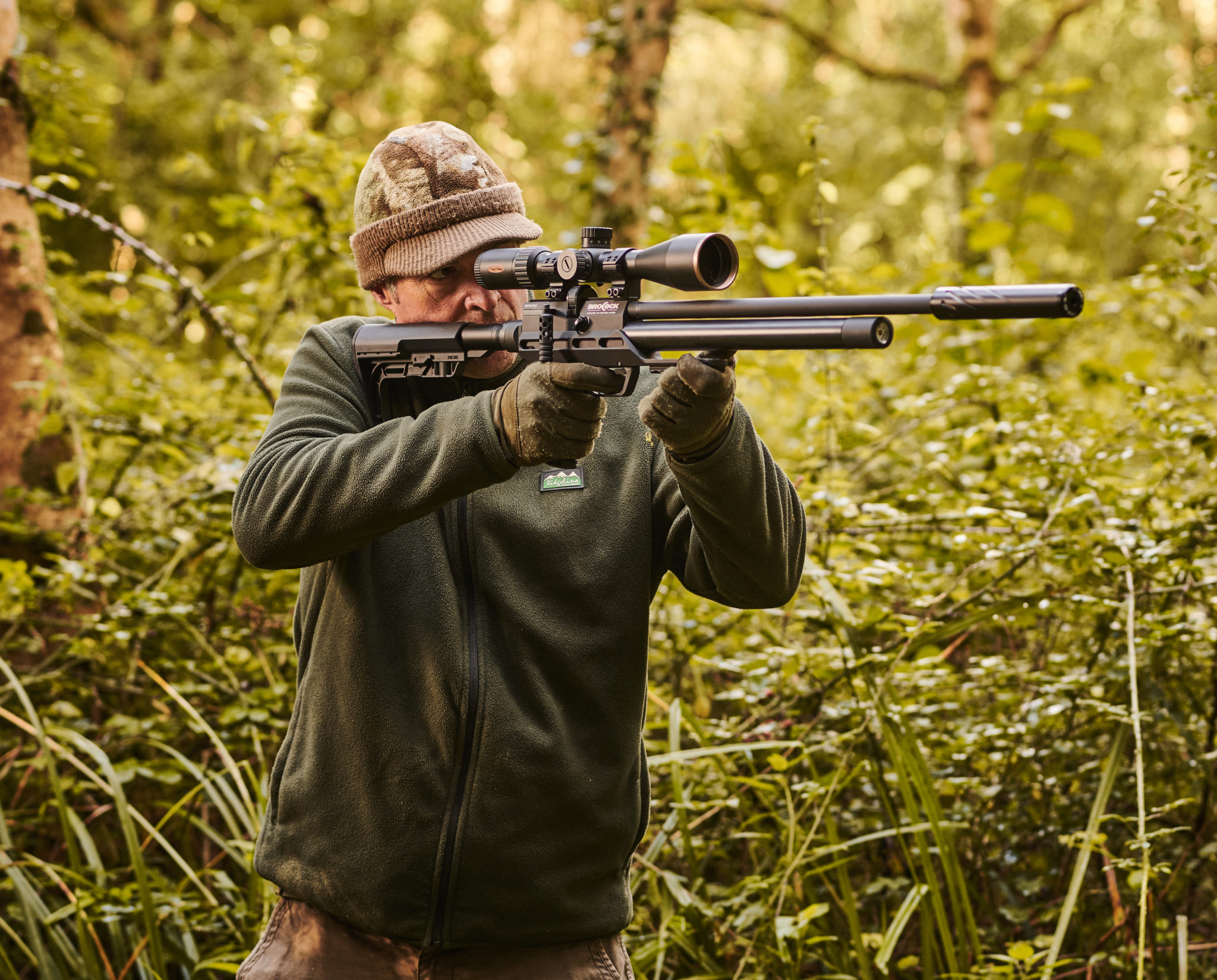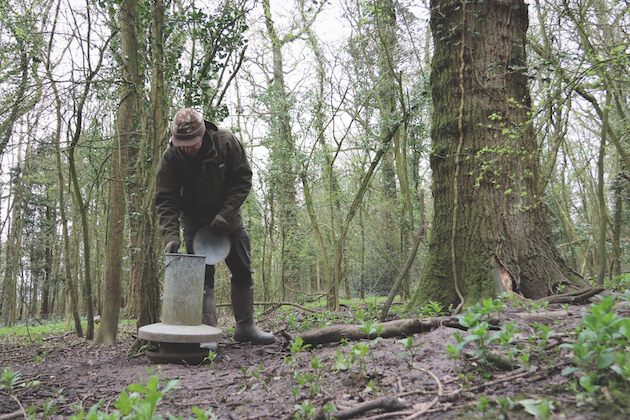The history of airguns
Our legal gun expert Bill Harriman takes a look back at airguns

Airgun by Kunitomo, 1820-1830
Airgun fashions have changed dramatically over the past 20 years or so. The single-shot spring-powered airguns that I knew as a child have been supplemented by magazine-fed pre-charged pneumatics. Though futuristic in appearance, in terms of technology there is very little that is new about these modern airguns.

A PCP air rifle
Feature of a PCP airgun
The defining feature of a pre-charged pneumatic (PCP) airgun is a reservoir, often detachable, that is filled with compressed air before the gun can be used. Historically, the filling process utilised a pump, but nowadays compressed air from a diver’s bottle is available for those of us who are not built like Mr Universe.
Our expert reviews three of the best PCP air rifles and reports back
Bruce Potts tests three 10-shot repeater pre-charged pneumatic air rifles for around £500.
Best air rifles under £600 (and they’re suitable for live quarry)
The following are my pick of the best air rifles under £600, with models that I’ve been putting through their…
Air rifle questions we’re often asked
Q: Do I need a licence for an air rifle? If you live in England or Wales and have…
Could an air rifle have assassinated Oliver Cromwell?
The first drawing of a PCP airgun that I have come across dates from circa 1600. It was invented by the French gunmaker Marin LeBourgeoys and fired a dart rather than a bullet. It appears to be a theoretical design and if any were built none seems to have survived. Effective airguns were well established by the mid-17th century. In 1655, Parliamentary agents uncovered a plot to import a powerful air rifle from the Low Countries to assassinate Oliver Cromwell, Lord Protector of England. It was said to be capable of discharging seven shots without needing to be repumped and was effective at 150 paces.
The 17th-century diarist John Evelyn records a Dutch-made ‘Wind Gun’, demonstrated to the Royal Society on 21 July 1686. It was first used as a conventional firearm with a gunpowder charge and then discharged for several times with bullets by the wind only. Evelyn notes that it had a screw-on brass air reservoir, which was charged with an ‘aire pumpe’. It is likely that the gun seen by Evelyn was made by the London gunmaker Andrew Dolep. He appears to have been of Dutch extraction and is known to have built combination air- and gunpowder guns.
PCP air rifles for Austrian troops
The Austrians issued a small number of PCP air rifles to their troops during the late 18th century. These were repeaters made on the Girandoni system with butts acting as air reservoirs. Each soldier was issued with two spare reservoirs that could be charged by means of a hand pump or by a larger pump on a cart. An account exists of a French soldier who may have been shot by one of these silent killers. There is some evidence that French troops summarily executed anyone caught carrying a Girandoni, but the enduring myth that this was ordered by Napoleon Bonaparte has no substance. Nonetheless, Bonaparte issued an Imperial Edict banning the use of airguns in France.
George, Prince of Wales, owned several airguns that he enjoyed using. Mrs Thomas Creevey records the rather dangerous aftermath of a dinner party with the Prince of Wales at Brighton, on 29 October 1805.
“Afterwards the Prince led all the party to the table where the maps lie, to see him shoot with an airgun at the target placed at the end of the room. He did it very skilfully and wanted all the ladies to attempt it. The girls and I excused ourselves on account of our short sight; but Lady Downshire hit a fiddler in the dining room, Miss Johnstone a door and Bloomfield the ceiling.”
Most PCP airguns of the late 18th and early 19th century used a globe-shaped air reservoir screwed on to the fore-end. A fine pair of globe reservoir air pistols by Egg were on offer in Christie’s antique arms sale recently. They were built at the end of the 18th century and resemble flintlock duelling pistols. The large copper air reservoirs underneath make it plain that they were never intended for use with gunpowder, however. Their barrels are rifled and they would have been loaded from the muzzle in the normal way, with a ramrod.
No smoke
Cocking the lock activated a valve and when the trigger was pressed a set amount of air was released from the reservoir, which propelled the bullet from the barrel. They were intended for use as target pistols. Their owner would have been able to pot away indoors to his heart’s content without inconveniencing anyone with the loud bangs and clouds of sulphurous smoke that would have been the consequence of using conventional pistols.










